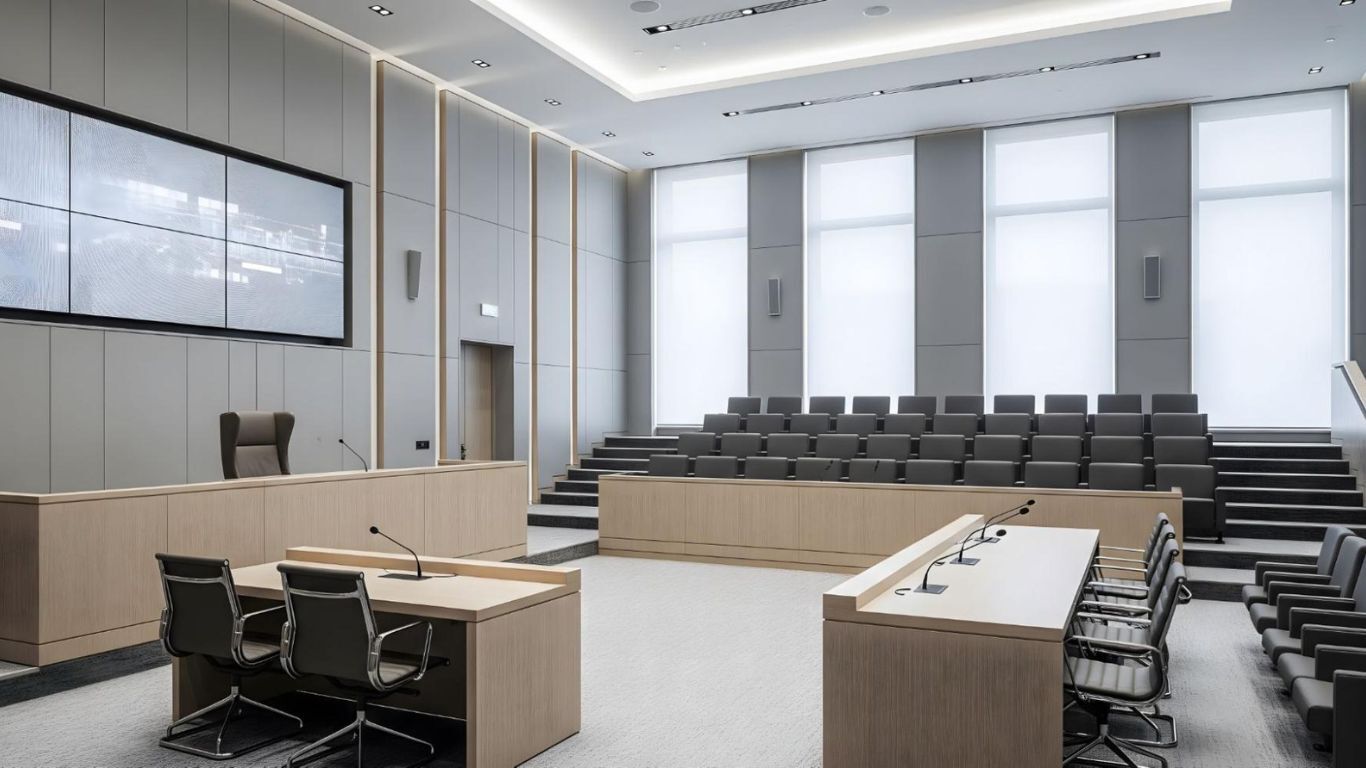Earlier this month, a colleague and I attended the Tradeline Space Strategies Conference in St. Petersburg, Florida. The conference had approximately 160 participants who came to present and hear about the central theme: transitioning to alternative work layouts. From the onset, the president of Tradeline, Derek Westfall, did a marvelous job hosting the conference and entertained us with slideshows that included exciting snippets about the conference, space transition, and trends. Here are the three key points I gleaned from the conference.
Space Transition Requires Data
Seeing all the presentations centering on compiling data to support the space transition process was genuinely unique. Much of the data was centered on the occupancy level of existing space to prove to leadership that space reduction and change are warranted.
We saw examples of data gathered through badge swipes, motion sensors, and seat sensors. One exciting display from the RAND Corporation presented a floor plan of an office indicating when the lights were on and off in individual offices. The presentation sped up the time to see the intensity of office use over the day.
Rigid Space Standards do not Apply
I had a question in my mind that I was hoping to get answered at the conference. Do organizations apply strict space standards for determining the number of alternative workstations, or do they vary the number and type of workstations by the individual culture of each office or division?
The answer was a resounding organic process that matched the space in each office to the culture. The presenters described in great detail how they developed space layouts that were unique for the end user and the opportunities/constraints of existing facilities. While this may seem common sense, I have been in many discussions regarding determining the amount of space savings by multiplying personnel by a fixed set of space standards.
It was good to see examples across many industries where office layouts were determined by the overall vision and mission of the organization, and the space was tailored to each functional working group within the office.
Change Management is a Key Determinant of Success
Change management occurs at all stages of a space transition project, including initial buy-in of alternative workspace concepts, input into office design concepts, training for new space and technology use, and post-occupancy evaluation of project success.
It is important to have a process that facilitates a space transition from initial planning to post-occupancy. Many conference participants were part of working groups that had helped their respective organizations make the transition, while others were architects who designed the new spaces.
Creative ideas included visioning sessions to assist organizational leaders in developing and communicating goals for space transition, conducting hands-on space modeling workshops for employees to provide input on space needs, creating a prototype space set up to work out problems in advance of full implementation, and having a concierge system in place to assist with transition and occupancy. Another critical point was not rushing straight into the design, as speed will “kill” a project requiring leadership and employee buy-in.
The conference was a great success. Transitioning between a traditional and alternative office requires dedication and hard work. The reward is often reduced costs, greater productivity and job satisfaction, and an improved work-life balance for employees. The gain is worth the pain.










.jpg)


.jpg)
.jpg)
.jpg)
.jpg)
.jpg)
.jpg)
.jpg)


